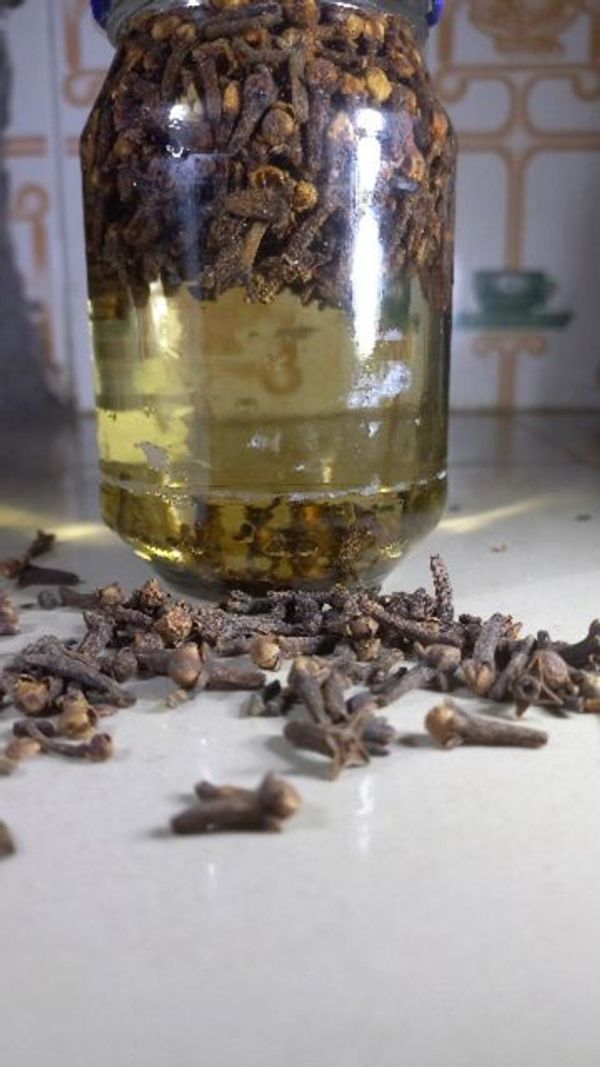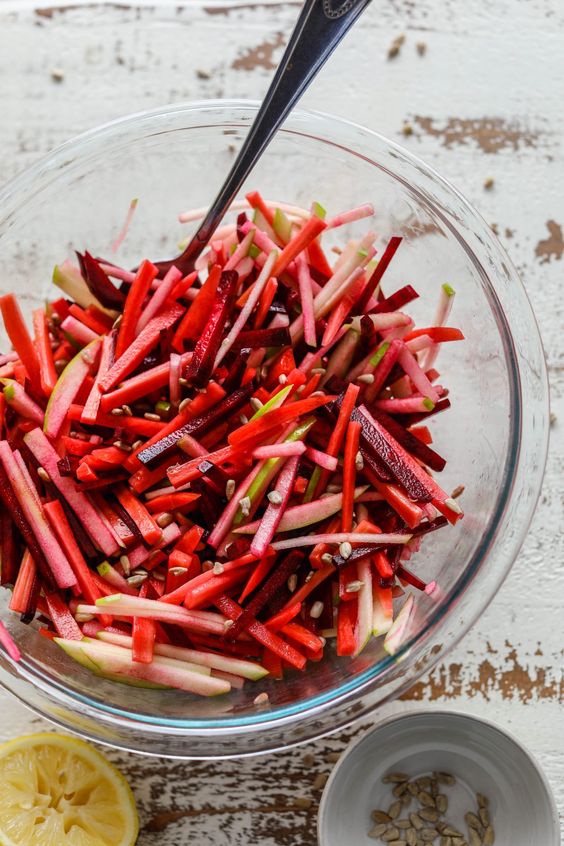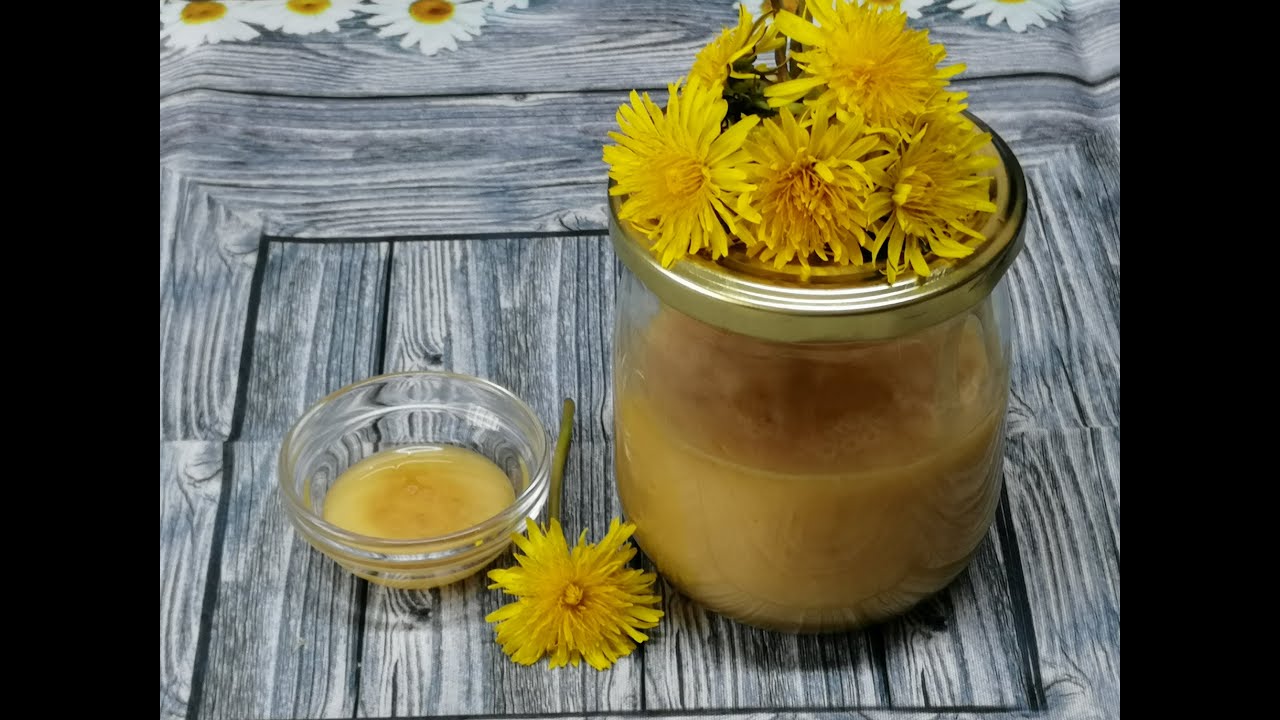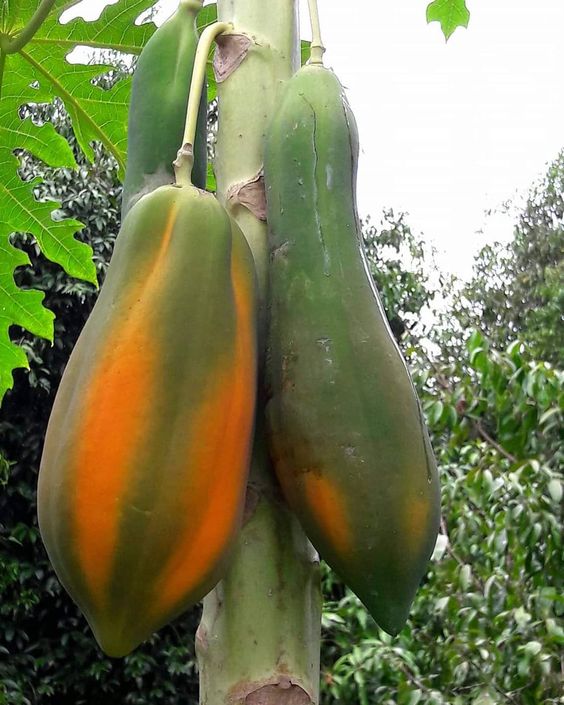Looking for a simple yet delightful way to enhance your meal times? Moringa clear soup is a delightful option that brings both flavor and nutrition to your table. Known for its health benefits and vibrant green leaves, Moringa is not just beneficial for your health but also adds a spark of taste to your dishes. This soup is light, nutritious, and perfect for anyone wanting to enjoy a soothing, healthful meal.
Ingredients:
- 1 bunch of Moringa leaves, stripped from the stems
- 2 liters of water
- 2 cloves of garlic, finely sliced
- 1 medium-sized onion, chopped
- 2 medium-sized carrots, peeled and sliced
- 2 pieces of corn, each cut into 3-4 pieces
- 2 medium potatoes, peeled and cubed
- Salt to taste
- A pinch of pepper
- Fresh lime or lemon juice for a zesty finish
Instructions:
- Prepare the Moringa Leaves: Begin by thoroughly washing the Moringa leaves to remove any dirt or debris. Since these are the star of your soup, ensuring they are clean is crucial.
- Boil the Water: In a large pot, bring the water to a boil. This will form the base of your soup.
- Sauté the Aromatics: In a separate pan, lightly sauté the garlic and onion until they become translucent. This process will release their natural flavors, which are key for a flavorful soup.
- Add Vegetables and Simmer: Once the garlic and onion are ready, transfer them to the boiling water. Add the carrots, corn, and potatoes as well. Let everything simmer until the vegetables are tender, about 15-20 minutes.
- Introduce Moringa Leaves: Add the Moringa leaves to the pot. Continue to simmer for an additional 5 minutes. Moringa leaves cook quickly, so adding them towards the end preserves their nutrients and vibrant color.
- Season the Soup: Season your soup with salt and a pinch of pepper. Adjust these according to your taste preferences.
- Final Touch: Before serving, add a squeeze of fresh lime or lemon juice. This adds a refreshing zest that enhances the overall flavor of the soup.
This Moringa clear soup is not just a meal; it’s a bowl full of goodness. It’s light on the stomach and comforting for the soul, making it a perfect dish to enjoy any day of the week. Whether you are looking for something to warm you up or simply seeking a nutritious meal, this soup is sure to satisfy. Enjoy the natural goodness of Moringa and treat yourself to a bowl of health and happiness!

















